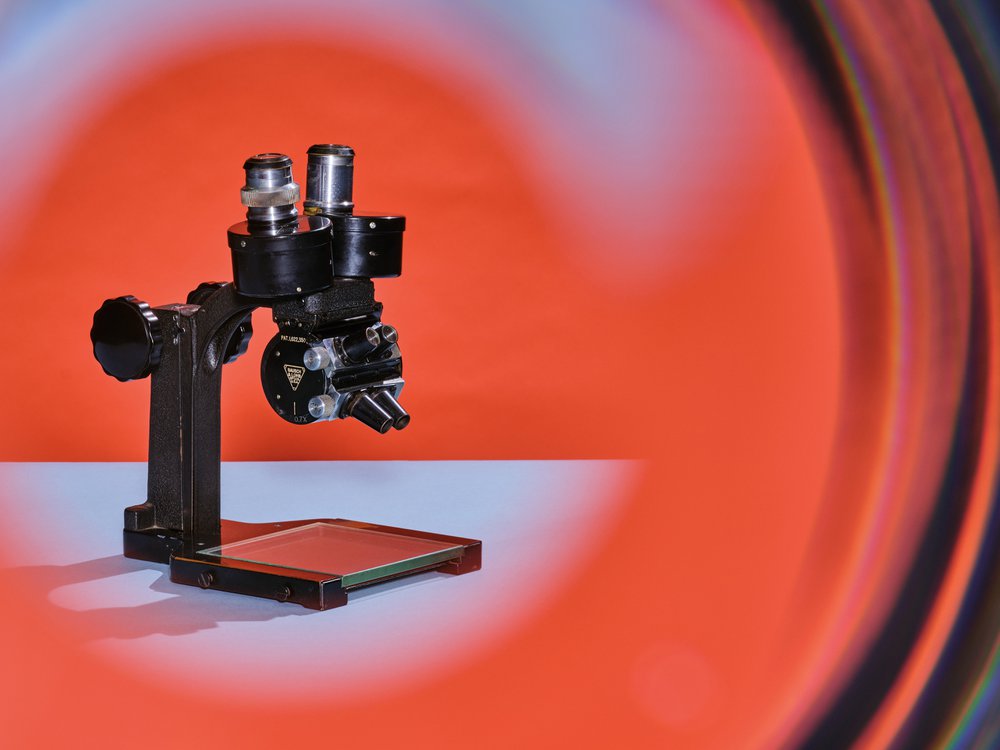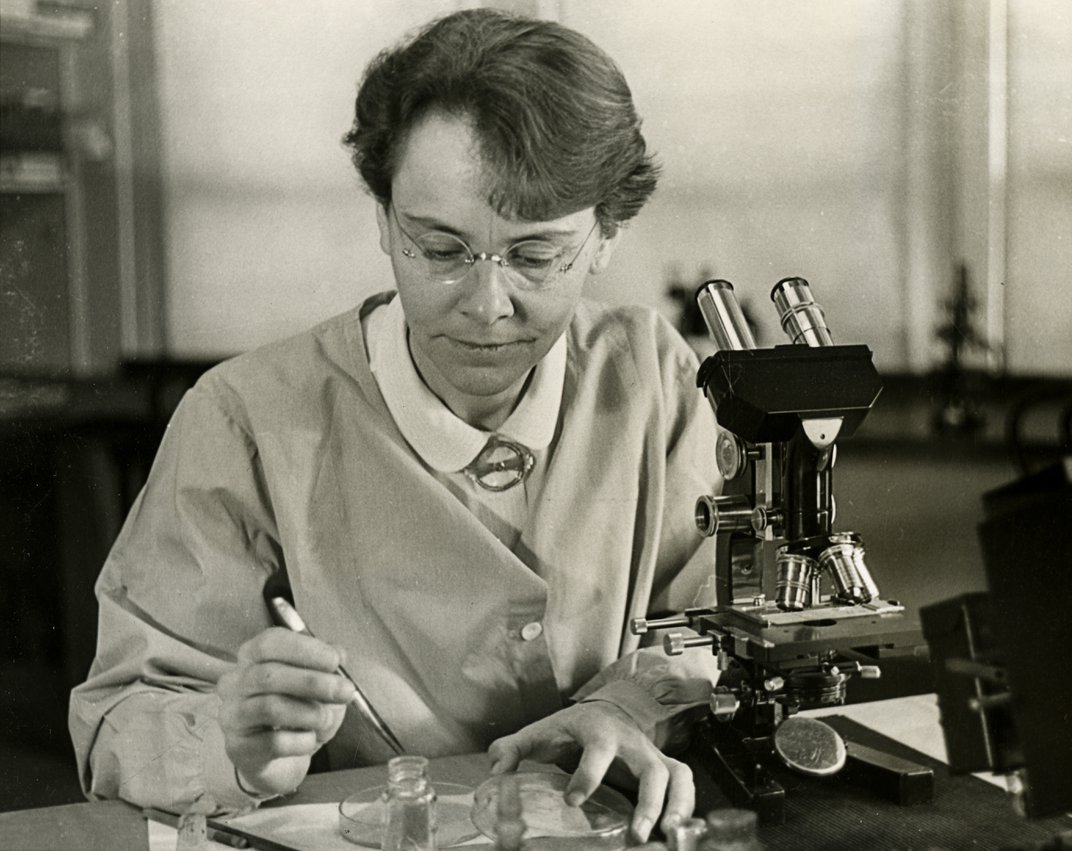By Studying Corn, Barbara McClintock Unlocked the Secrets of Life
A look through a historic microscope helps explain what we all owe the Nobel Prize-winning scientist

Most people wouldn’t look at an ear of corn and imagine it could contain the secrets of life. But Barbara McClintock knew better. McClintock dedicated her life to studying corn, and by doing so shaped our fundamental understanding of the possibility of changes in the human genome.
McClintock earned the Nobel Prize in 1983, the first (and, so far, only) woman to win an unshared prize in Physiology or Medicine. Her discovery of transposable elements, or “jumping genes,” revealed that a genome is not static but can be altered and rearranged. This insight laid the groundwork for today’s genetics—including progress with the genome editing possibilities of CRISPR.
McClintock was born in Connecticut in 1902, and her family expected she would dedicate her life to being a wife and mother. Instead, she pursued her passion for research. She attended Cornell University for her bachelor’s, master’s and doctorate degrees in botany, beginning her work on corn in graduate school. In 1934, after the rise of Nazism cut short her Guggenheim Fellowship in Germany, she returned to Cornell only to find that the university would not hire a woman professor. Instead, she took a position at the University of Missouri in 1936. But her biggest move came in 1941, when she joined the Cold Spring Harbor Laboratory in New York, where she would continue her research for the rest of her life.
At Cold Spring Harbor Laboratory, McClintock determined how characteristics such as the different colors of corn kernels could be passed down, and she linked that inheritance to changes in the plants’ chromosomes. She also proved that changing the position of a genetic element on a chromosome could cause nearby genes to become active or inactive. While this idea of “transposons”—the segments of DNA that can change position—was widely accepted by geneticists in the 1940s, its broader applications were not recognized until the 1970s, when molecular biologists began to notice transposons’ widespread presence in viruses, bacteria and the human genome.

McClintock’s dedication to her work remains inspiring to anyone who has faced adversity in their career, not only as a woman in a male-dominated field, but also for the way she championed her then-revolutionary ideas. McClintock achieved numerous firsts: She was among the first women elected to the National Academy of Sciences and became the first woman president of the Genetics Society of America. In 1981, she was one of the first people to receive the MacArthur Foundation’s “Genius” Grant. Her passion made her persistent: “It never occurred to me that there was going to be any stumbling block,” she recalled. “Not that I had the answer, but [I had] the joy of going at it. When you have that joy, you do the right experiments. You let the material tell you where to go, and it tells you at every step what the next has to be.”
McClintock’s vital work on transposons opened up the possibility of reconfiguring genetic expression and even controlling genetic changes—core concepts that our team’s work with CRISPR has built upon.
McClintock used a Bausch & Lomb wide-field binocular microscope, made around 1927, at her Cold Spring Harbor lab to examine the effects of mutations in corn kernels. While far more spare and simple than many of today’s models, the rack-and-pinion adjustment system and glass stage are still familiar elements to modern scientists. The wooden case is a nice touch, if far from the antiseptic materials used in today’s labs.
The microscope is part of a collection of objects donated to the National Museum of American History in 1993 to evoke McClintock’s work, including lamps, dissecting tools and items used to propagate corn. This equipment “allowed McClintock to visualize and catalog a truly dizzying array of variables,” says Kristen Frederick-Frost, a curator in the museum’s Division of Medicine and Science. These objects bring to life McClintock’s meticulous years of study, and, in Frederick-Frost’s words, help us “appreciate the work involved in making the invisible visible.”
Surveying these tools also reminds us that any scientific discovery is more than a single “eureka” moment; it is the accumulation of years of hard work, and many moments of insight and collaboration.
McClintock’s research became the cornerstone of modern genetics, yet she remained humble. She called the Nobel “an extraordinary honor,” adding, “It might seem unfair … to reward a person for having so much pleasure over the years, asking the maize plant to solve specific problems and then watching its responses.” McClintock’s joy was science’s gain. We continue to evolve both our scientific theories and the tools we use to discover them. But it’s important to look back at work like McClintock’s and understand what we’ve built from as well. Science is about discovery—and history often provides the key.
